Building Necks
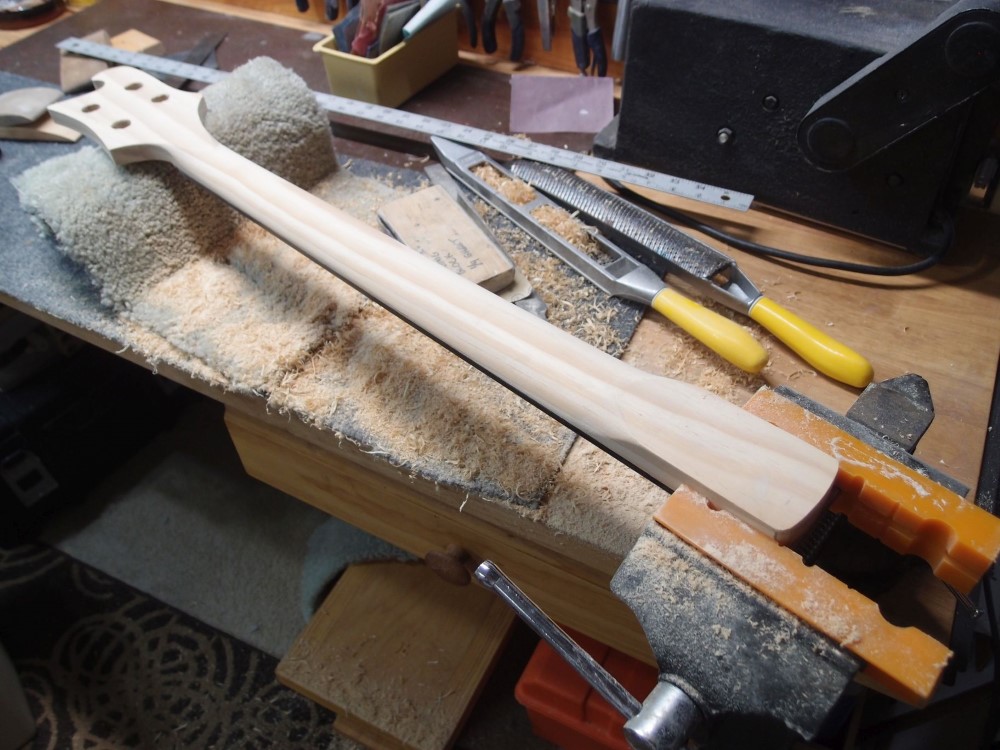
My take on necks
When you play a guitar, are you tightly clutching the neck, or are you holding mostly air? Even if you tightly clutch the neck, does the actual shape really matter? As long as it does not present any obstacles to movement, the answer is NO. So what is all this fussing over neck profiles? MARKETING, that's what. The actual curve around the back of the neck is fairly irrelevant, apart from the overall thickness.
That's not to say that there are not important dimensions and contours. The width must match the nut and heel, with a straight smooth transition between. Thickness will affect stability, and a little extra wood goes a long way. Thinner necks are claimed to be "faster", but how is this actually quantified? It isn't, and it can't be. You can lump it in with tonewood and all the rest of guitar mythology that was invented by the marketing guys.
What you want in a neck is for it to be the right width at both ends, and nice and smooth in between. You want to run your hand up and down it ( not that that is how you play ) and feel no bumps or dips, just a nice even taper. The actual curvature is unimportant, as long as it feels good to you.
I just build one-offs for myself. I build jigs for precision, not mass production. For example, my fret slotting and truss rod channel jigs take all the guess work out of those two tasks. But I don't have a need for a jig to precisely make a radius that is only important in advertising, I do my neck backs by hand.
Long straight surfaces are naturally made from long straight tools. The best way I have found to shape a neck is with hand files. With proper technique, a smooth straight neck with a comfortable curve happens almost automatically. The trickiest parts are the transitions at the heel and headstock, and no jig will help you with that.
For fretboards, the smaller the radius, the more difficult it is to make accurately by hand. There are advantages and disadvantages to different radii - small radii are easier to make chords and strum, flatter radii are better for playing lead. I find 12 inches is a good compromise that is easy to make with just a sanding block, and that is what I generally use. Again, no great precision in the radius is necessary, anything between 10 and 14 inches will feel pretty much the same. Of far more importance is that the board is straight and even over its length. All the nitpicking over fretboard radius was invented by ... you guessed it ... MARKETING.
The factors that make a good neck or a bad neck are primarily along its length, not across its width. Basic straightness and relief, fret leveling, and action are what make a guitar neck play well, not the curvature of the back or the fretboard.
One other topic is string spacing, determined at the nut and bridge. Most manufacturers use pretty much the same spacing as Fender. Rickenbacker uses a much narrower spacing at both ends. You can get used to it, I suppose if you have small hands. I, and many others, find it unplayable. On a bass, there are basically two string spacings at the bridge - Fender standard, 18-19mm, and a narrower spacing of about 17mm used on most short-scales, some long scales, and of course, Rickenbackers. String spacing at the nut is really not that important.
Stevie Ray Vaughan and James Jamerson are two of the greatest players of all time, yet descriptions of their instruments would lead to the conclusion that they were almost unplayable. Fender originally shaped his necks with roundover bits, and goofed badly with his original 7-1/4" fretboard radius. * There are no magic numbers, there is no magic shape. If it feels good, it is good, and that's all there is to it.
* You know he goofed because he actually changed it later. How often does that happen in luthiery? To this day, Gibson refuses to even acknowledge their defective neck design. The square heel on the Telecaster was another goof, one that he never repeated. But Danelectro did.

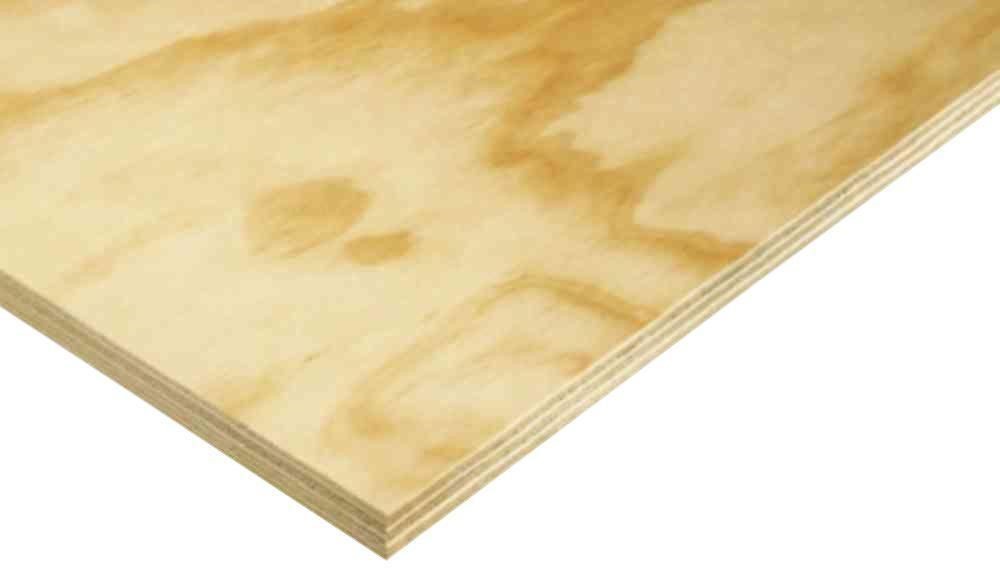
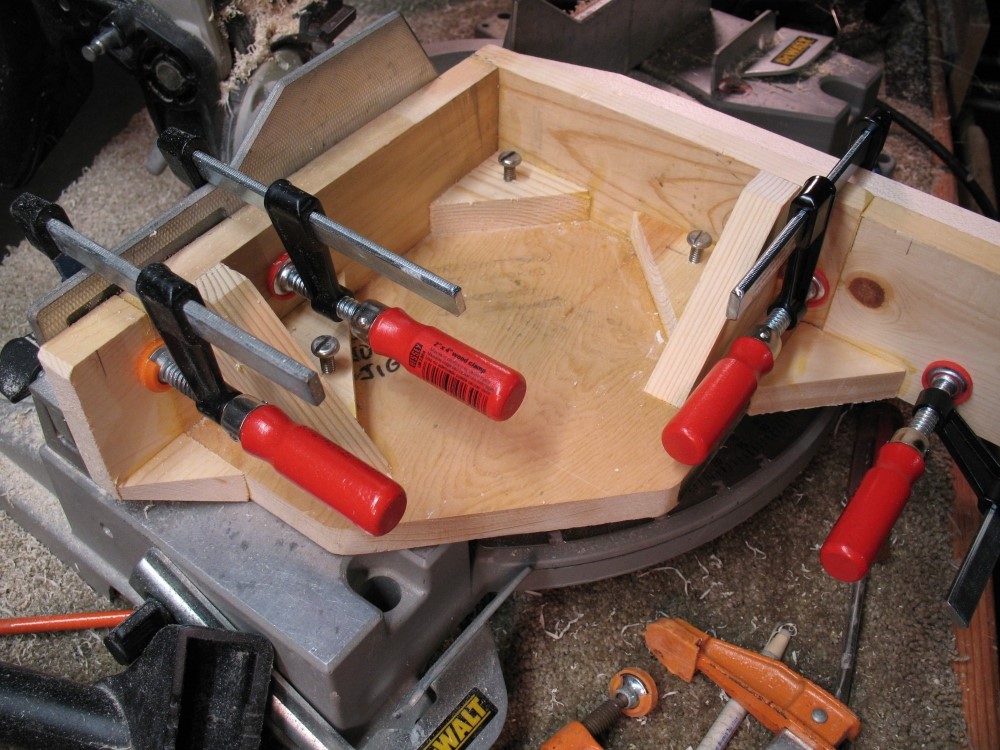
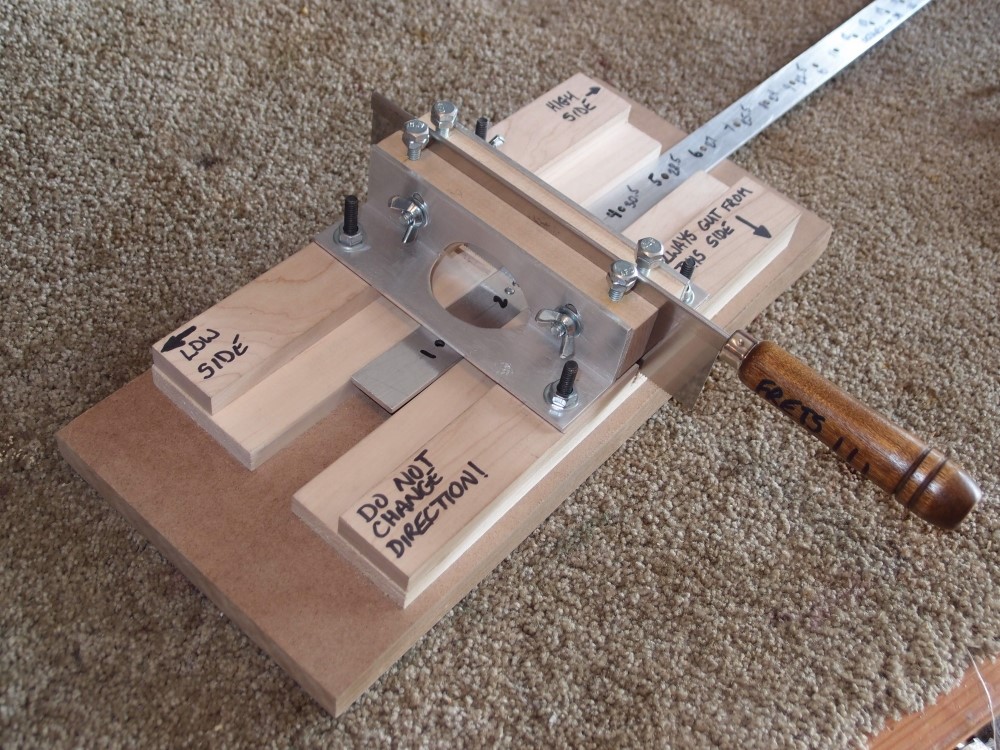
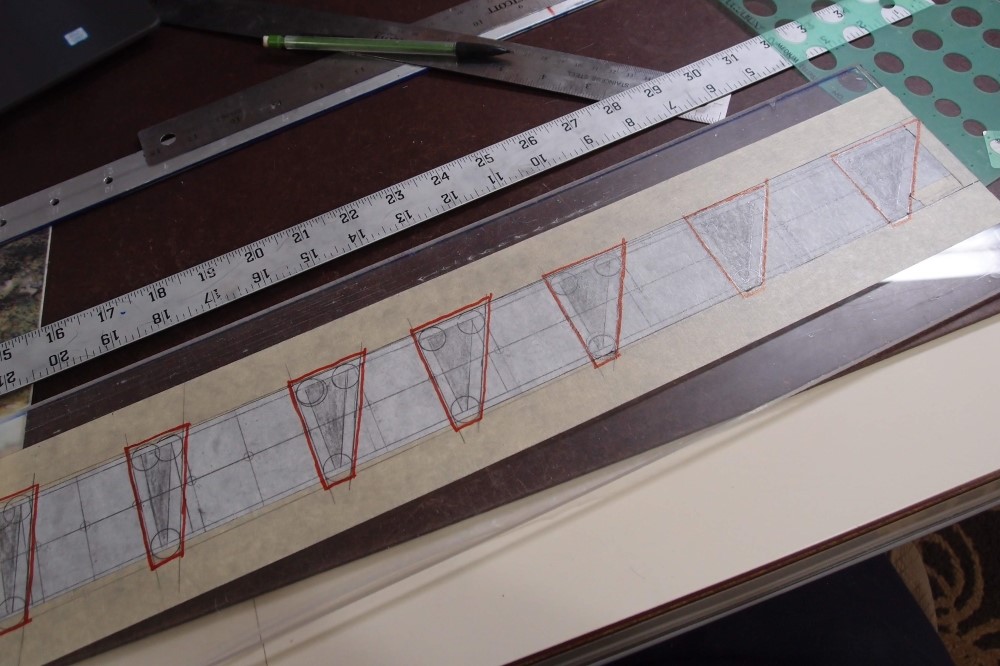
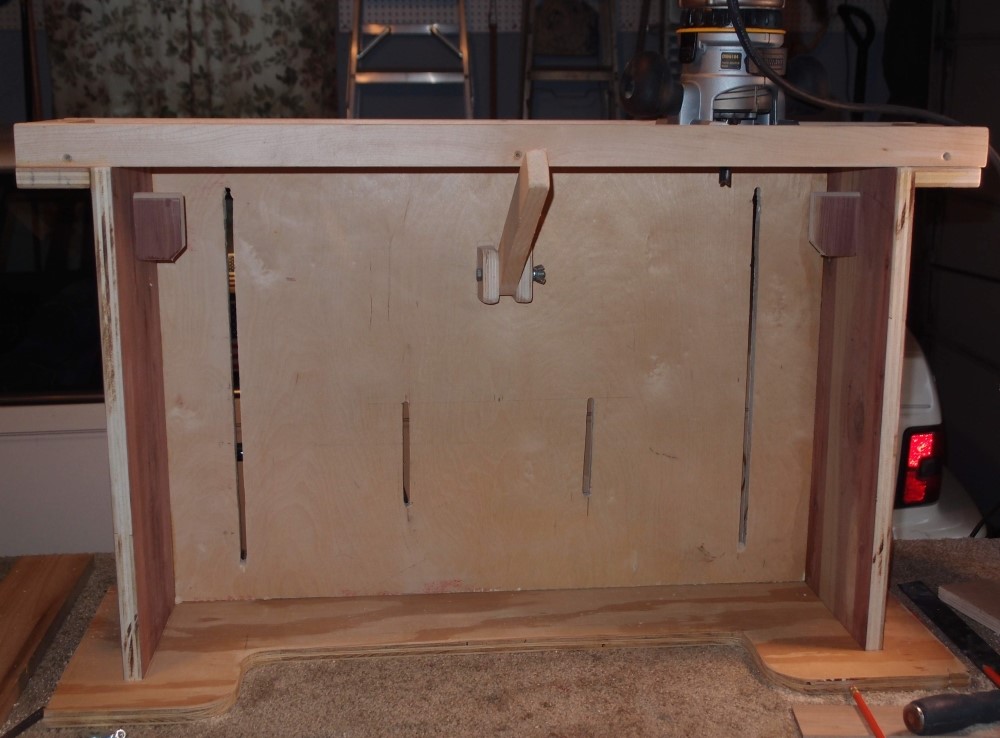
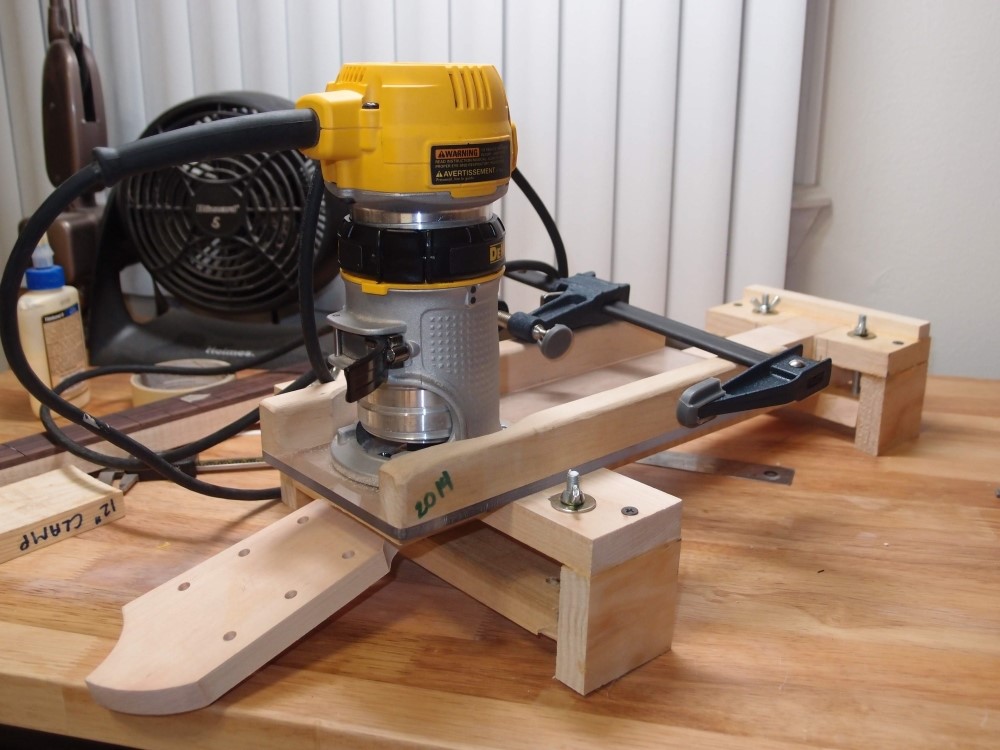
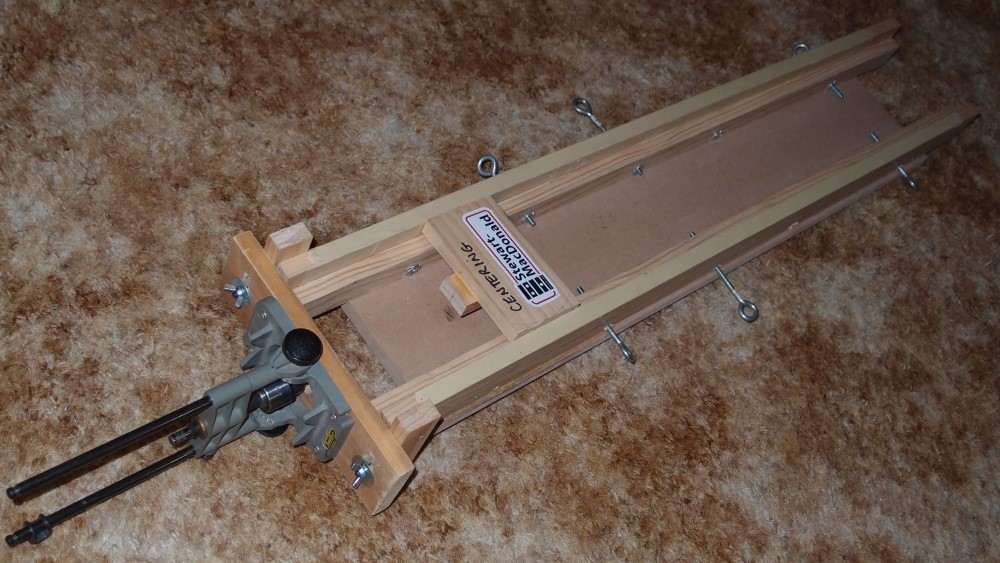




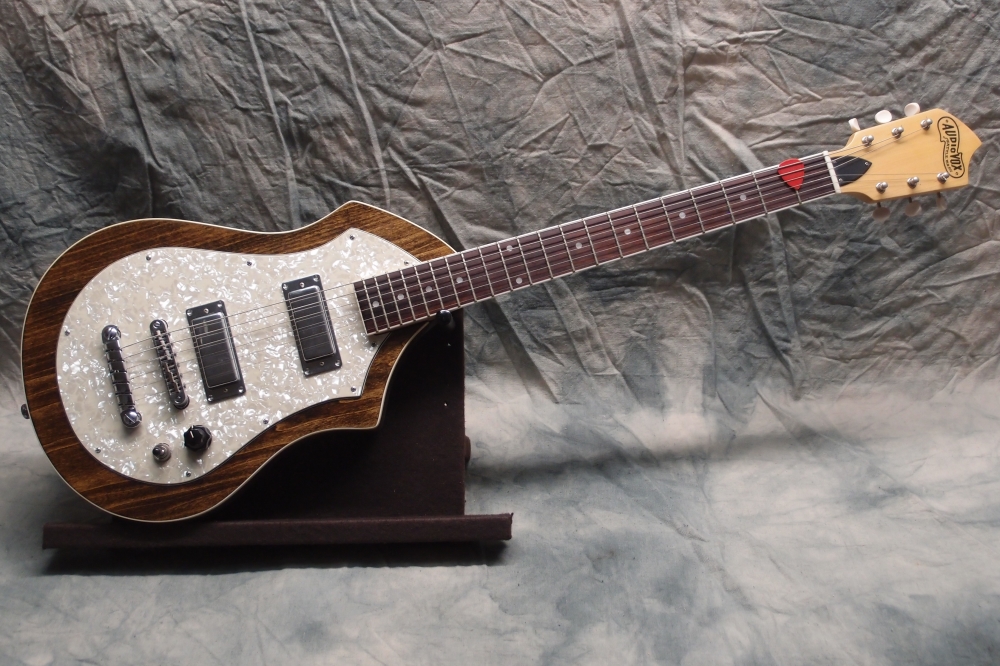

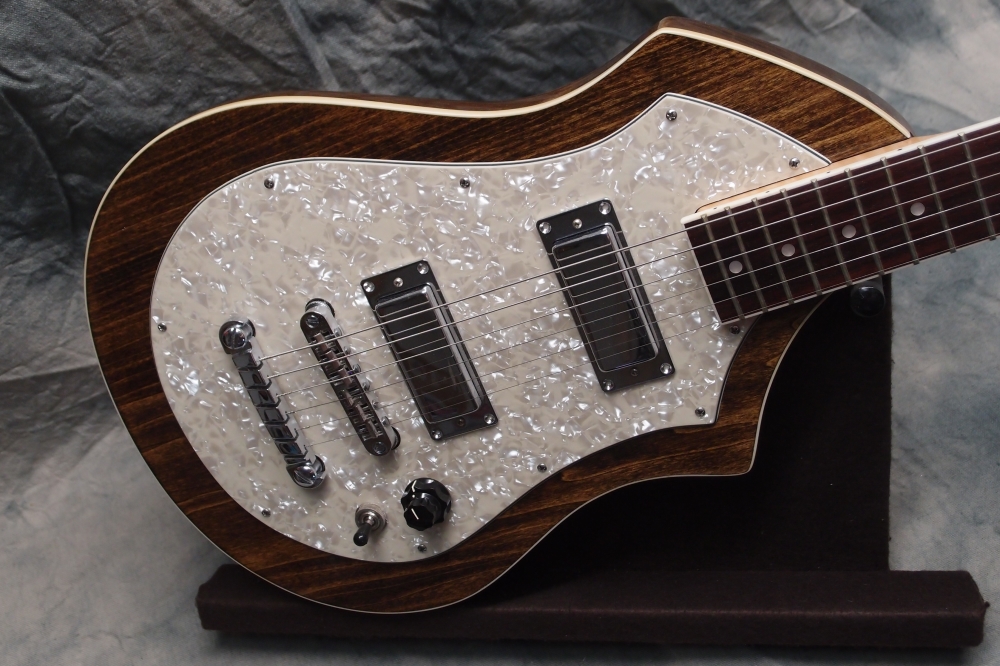

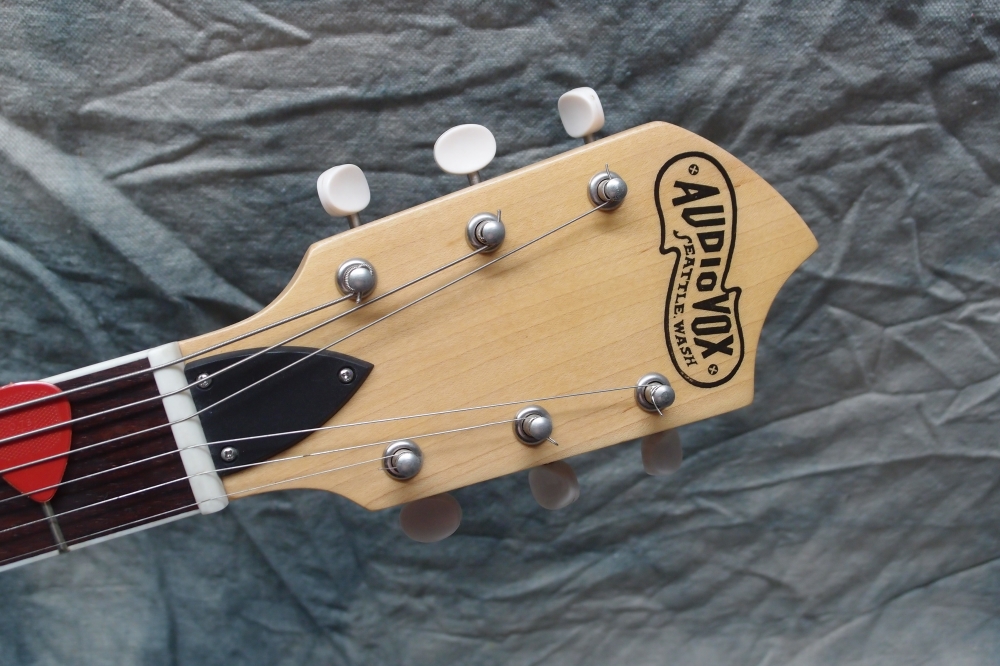
Questions or Inquiries?
Just want to say Hello? Sign the .